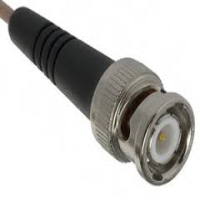| Connector type |
Frequency Limit |
Dielectric |
Comments and history |
BNC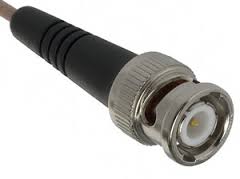 |
4 GHz |
PTFE |
“Bayonet type-N connector”, or “Bayonet Neill-Concelman” according to Johnson Components. Developed in the early 1950s at Bell Labs. Could also stand for “baby N connector”. |
SMB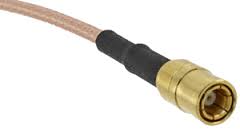 |
4 GHz |
PTFE |
“Sub-miniature type B”, a snap-on subminiature connector, available in 50 and 75 ohms. |
MCX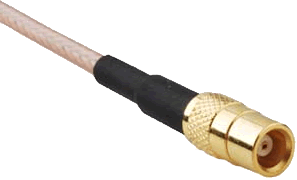 |
6 GHz |
PTFE |
MCX was the original name of the Snap-On”micro-coax” connector species. Available in 50 and 75 ohms. |
MMCX |
|
PTFE |
Micro-miniature coax connector, popular in the wire industry because its small size and cheap price. |
SMC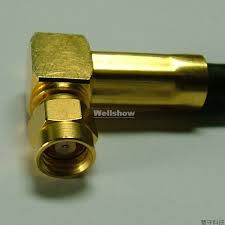 |
10 GHz |
PTFE |
Sub-miniature type C, a threaded subminiature connector, not widely used. |
SMA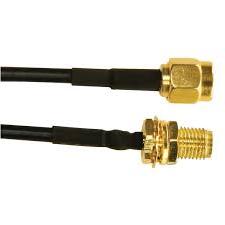 |
25 GHz |
PTFE |
Sub-miniature type A developed in the 1960s, perhaps the most widely-used microwave connector system in the universe. |
TNC |
15 GHz |
PTFE |
“Threaded Neill-Concelman” connector, according to Johnson Components, it is actually a threaded BNC connector, to reduce vibration problems. Carl Concelman was an engineer at Amphenol. |
N-Type |
11 GHz
normal18 GHz
precision |
PTFE |
Named for Paul Neill of Bell Labs in the 1940s, available in 50 and 75 ohms. Cheap and rugged, it is still widely in use. Originally was usable up to one GHz, but over the years this species has been extended to 18 GHz, including work by Julius Botka at Hewlett Packard. |
